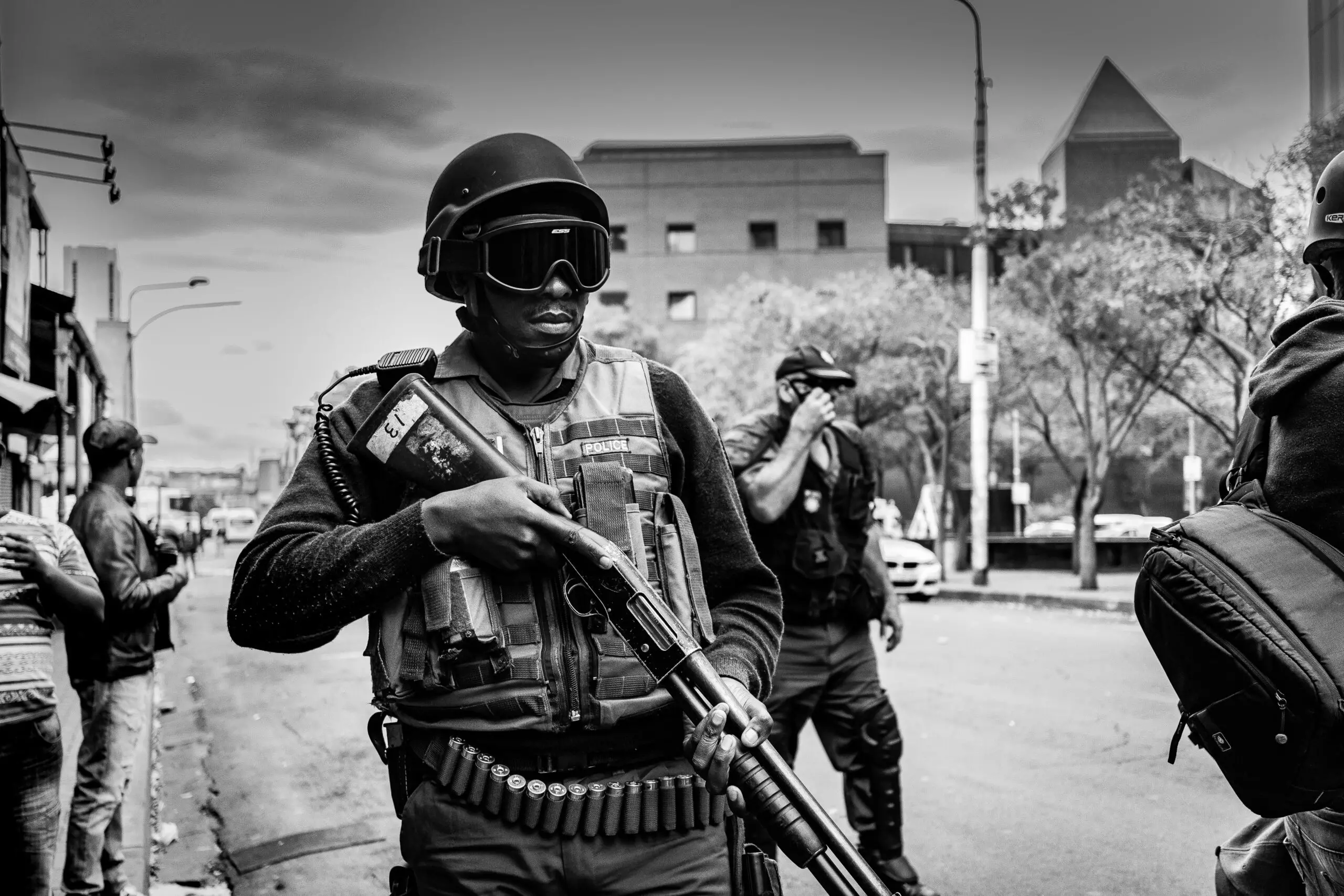As the world becomes increasingly unpredictable, it’s important to be prepared for any emergency or disaster that may arise. One scenario that preppers often consider is the possibility of martial law. Martial law is a type of government rule in which the military is given control over the civilian government and society, typically in response to a emergency situation such as war, rebellion, or natural disaster. In this blog post, we will explore the steps that preppers can take to prepare for a potential martial law situation and ensure their safety and survival. From stockpiling food and water, to securing firearms, to building a network of contacts, we will cover the essentials of martial law prepping. Remember, it’s always better to be prepared and not need it, than to need it and not be prepared.
What is Martial Law?
Martial law is a type of government rule in which the military is given control over the civilian government and society, typically in response to a emergency situation such as war, rebellion, or natural disaster. Under martial law, the military has the authority to make and enforce laws, and to suspend civil liberties such as the right to a fair trial and freedom of speech. It is usually imposed temporarily and lifted when the emergency situation is over.
Preppers, who are people who prepare for emergencies and disasters, may take various steps to prepare for a potential martial law scenario. Some possible actions include:
- Storing non-perishable food, water, and other supplies: Preppers may stockpile food and water, in case they are unable to purchase them during a martial law situation.
- Securing firearms and ammunition: Preppers may own firearms for self-defense and hunting, and they may want to make sure they have enough ammunition to last for a while.
- Building or fortifying a home: Preppers may want to make sure their home is secure and can withstand potential attacks or breaches. This could include adding locks, security cameras, and other protective measures.
- Building a network of contacts: Preppers may want to build a network of contacts who they can rely on during a martial law situation, including friends, family, and other preppers.
- Having a bug out location: Preppers may have a location outside of the city or area that they can retreat to in case of emergency, and have a plan to get there.
It’s worth noting that martial law can vary in its implementation, and it’s hard to predict exactly how it will play out in a given scenario. Preparing for martial law would be similar to preparing for any other type of emergency or disaster, with an emphasis on self-sufficiency, self-defense, and security.
Martial Law Being Declared Throughout History
martial law has been declared in various countries and regions throughout history. Some examples include:
- United States: Martial law has been declared several times in the US, including during the Civil War, World War II, and some consider the response to civil unrest and natural disasters such as Hurricane Katrina as Martial Law as well.
- Philippines: Martial law was declared by President Ferdinand Marcos in 1972 and remained in effect until 1981.
- Egypt: Martial law was imposed in Egypt after the 2011 revolution and was lifted in 2012
- Poland: Martial law was declared in Poland in 1981 and was in effect until 1983.
- China: Martial law has been declared in several regions of China, including during the Chinese Civil War, the Cultural Revolution, and in response to the Tiananmen Square protests in 1989.
It’s worth noting that the term “martial law” can be used in different ways, and the specifics of how it is implemented can vary from country to country and from situation to situation.
Was Martial Law Really Declared During Hurricane Katrina?
Martial law was not declared during Hurricane Katrina in the United States, but the military was deployed to the affected areas to assist with relief efforts and maintain order.
In the aftermath of the storm, the governor of Louisiana, Kathleen Blanco, issued a state of emergency and requested assistance from the federal government. The President, George W. Bush, declared a state of emergency in Louisiana, Mississippi, and Alabama, which allowed for the deployment of federal resources and personnel to the affected areas. The Department of Defense, through the Federal Emergency Management Agency (FEMA) and the National Guard, provided assistance with search and rescue, evacuation, and the distribution of aid.
It’s worth noting that in the US, the term “martial law” is generally understood to mean that the military is given control over the civilian government and society, with the authority to make and enforce laws, and to suspend civil liberties. The military response to Hurricane Katrina did not involve the suspension of civil liberties or the military taking control of government and society.
Keep Learning
Prepping is an ongoing venture. Because of this, we recommend that you subscribe to our bimonthly newsletter to keep prepping, emergency preparedness, and self reliance on your mind. We promise, we’re not spammy, which is why we only email you twice per month. We hope you think about being prepared more than twice per month, but our newsletter is a valuable resource to help you learn new things, and just to keep prepping on your mind. Right now you can also sign up for free. You can also follow our Facebook Page for regular articles and resources.

